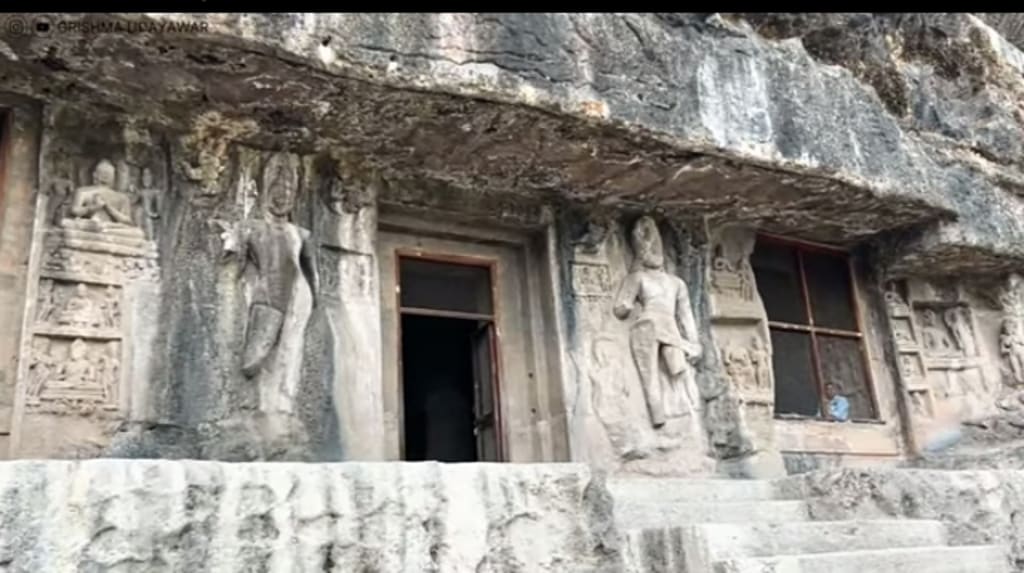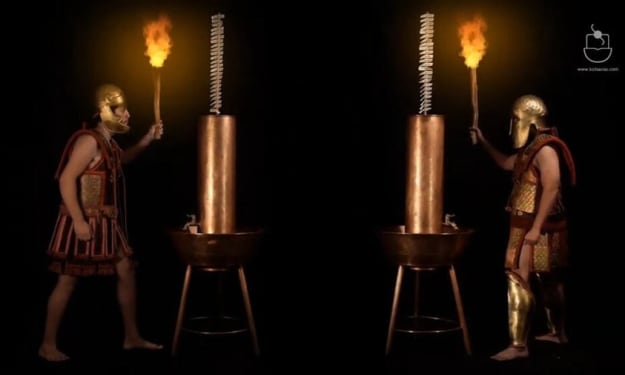Ajantha and Ellora Wonders
The Ajanta and Ellora Sinkholes are a complex of old stone cut cave safe-havens and shelters arranged in Maharashtra, India. These striking objections highlight wonderful compositional and inventive achievements of obsolete Indian turns of events.

Ajantha and Ellora Wonders
The Ajanta and Ellora Sinkholes are a complex of old stone cut cave safe-havens and shelters arranged in Maharashtra, India. These striking objections highlight wonderful compositional and inventive achievements of obsolete Indian turns of events.
Ajanta Caves: Cut into a horseshoe-shaped feign, the Ajanta Caves essentially date back to the second century BCE to the fifth century CE. These sinkholes contain stunning figures and amazing frescoes that depict the presence of Buddha and different Jataka stories. The innovative nuances, dynamic tones, and versatile carvings show the rich tradition of Indian magnificence.
Ellora Sinkholes: Ellora is another UNESCO World Heritage site, arranged around 30 kilometers from Ajanta. It incorporates an original mix of Buddhist, Hindu, and Jain stone cut safe-havens and strict networks, crossing a period from the 6th to 10th century CE. The 34 sinkholes at Ellora are confined into three get-togethers: Buddhist, Hindu, and Jain. The Kailasa Safe-haven, an astonishing development committed to Ruler Shiva, stands separated as a plan wonder, with its confounding carvings and the greatest strong stone cut structure in the world.
Both Ajanta and Ellora Sinkholes offer a short investigate the severe, social, and designing achievements of old India. They are valued regions that continue to captivate visitors from around the world and hold goliath legitimate and innovative significance.
The Ajanta and Ellora Caves are not only critical for their compositional and creative significance, yet they in like manner offer pieces of information into the severe and social improvement of obsolete India.
Ajanta Sinkholes: The 29 caves at Ajanta are apportioned into two phases - the past Hinayana stage dedicated to Buddhism and the later Mahayana stage. These sinkholes filled in as strict networks and love places for Buddhist ministers. The flawless canvases and models show off scenes from Buddha's life, close by depictions of various divinities, sublime animals, and everyday presence during that time. The caves moreover uncover the advancement from Hinayana to Mahayana Buddhism.
Ellora Caves: The 34 sinkholes at Ellora show a striking level of underlying creativity. Prominently, the Kailasa Safe-haven is a planning wonder, cut from a lone stone with incredible exactness. The organizing and intricacy of the carvings in these caves are astonishing, displaying the devotion and skill of the craftsmans. The site furthermore reflects the severe obstruction of the time, with caves committed to different convictions agreeably matching.
The sinkholes at the two regions have stood up to hardships like ordinary disintegrating and human intercession all through the long haul. Protection attempts have been persistent to defend these significant heritage districts unendingly. These sinkholes stand as an exhibition of the innovative, severe, and social tradition of old India, offering a window into the past and an opportunity for visitors to interact with the country's rich history.
Ajanta Sinkholes: The Ajanta Caves were covered for quite a while under layers of thick boondocks until they were rediscovered by an English authority in 1819. The cave complex consolidates chaityas (petition passageways) and viharas (shelters). The complex wall artistic creations inside the caves are a fascinating blend of Indian marvelousness, depicting stories from the Jataka stories, Buddha's previous existences, and different amazing records. The use of customary shades and complex listing highlights the significant level inventive capacities of the time.
Ellora Sinkholes: The Ellora Caves display a stunning extent of craftsmanship. The site tends to the mix of three huge religions - Buddhism, Hinduism, and Jainism - existing one close to the next. The Hindu sinkholes are particularly famous for their muddled depictions of divine beings, whimsical stories, and legends. The Rameshvara and Kailasa asylums inside the complex are amazing occasions of the structure quality of that period.
Scientists and history experts every now and again focus on these caves to understand the socio-severe surface of out of date India. They give significant encounters into the convictions, practices, and innovative styles that flourished during different true periods. The caves similarly go about as a reminder of the dedication and energy that people of that time had for their religions and human articulation.
Visiting these sinkholes is a spellbinding experience. Walking around the faintly lit internal parts, one can almost feel the nature of extraordinary quality and creative mind that once filled these loads. The sinkholes are a holiday spot as well as an excursion site for people enthusiastic about history, culture, and extraordinary quality. They continue to animate stunningness and marvel in individuals who examine their profundities.
About the Creator
Enjoyed the story? Support the Creator.
Subscribe for free to receive all their stories in your feed. You could also pledge your support or give them a one-off tip, letting them know you appreciate their work.





Comments
There are no comments for this story
Be the first to respond and start the conversation.